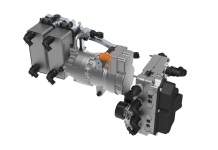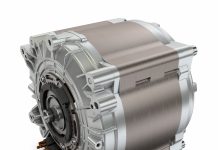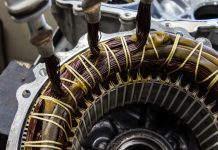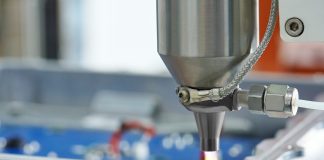An engineer from DNCL Technologies publicly talks about this hot topic, presenting the last novelties by the Indian company. DNCL Technologies provides Embedded Product Design and development company, DNCL offers Engineering Product Design Services and Industrial Design, Custom Electronics Product Design, IoT product Development PCB Design, Software Design included firmware and software programming services and RTOS services. «We started using an Artificial intelligence design service, and we are thrilled about the potential impacts of AI’s fusion with electric motors. We know that electric motors are a crucial part of many industrial and commercial applications and their efficient operation is essential to maintaining productivity and reducing costs. By implementing anomaly detection, condition monitoring, and predictive maintenance strategies, businesses can ensure that their motors remain in optimal condition, reducing the risk of downtime and costly repairs and extending the lifespan of their equipment».
About anomaly detection, «AI is our motor whisperer, picking up on those subtle cues we may miss. Abnormal vibrations, temperature spikes, unusual power consumption—all signs of underlying problems that left unchecked, could lead to severe damage or motor failure. Condition Monitoring is the round-the-clock guardian, keeping a watchful eye on key performance indicators like temperature, vibration, and power consumption. Machine learning models can detect those slight shifts in motor behaviour, hinting at potential issues».
Predictive Maintenance takes condition monitoring up a notch. By using advanced analytics and machine learning algorithms, AI can predict when maintenance will be needed. Imagine sensors installed in the motor system, collecting data on parameters such as vibration, temperature, current, pressure, and magnetic fields. This data is then processed and analysed to identify anomalies or patterns that could flag potential issues. Finally, by comparing historical motor performance data with real-time sensor readings, predictive maintenance systems can detect anomalies and predict when critical components may fail.









